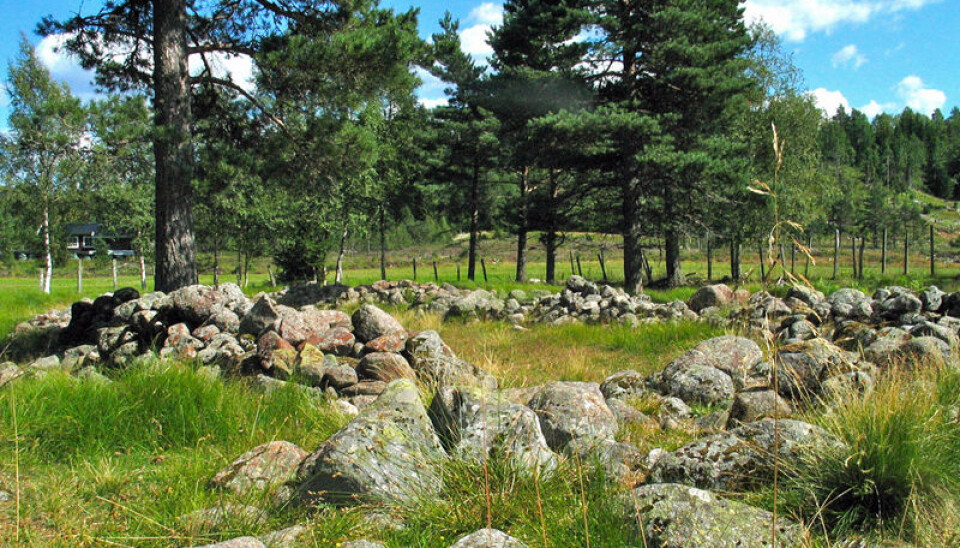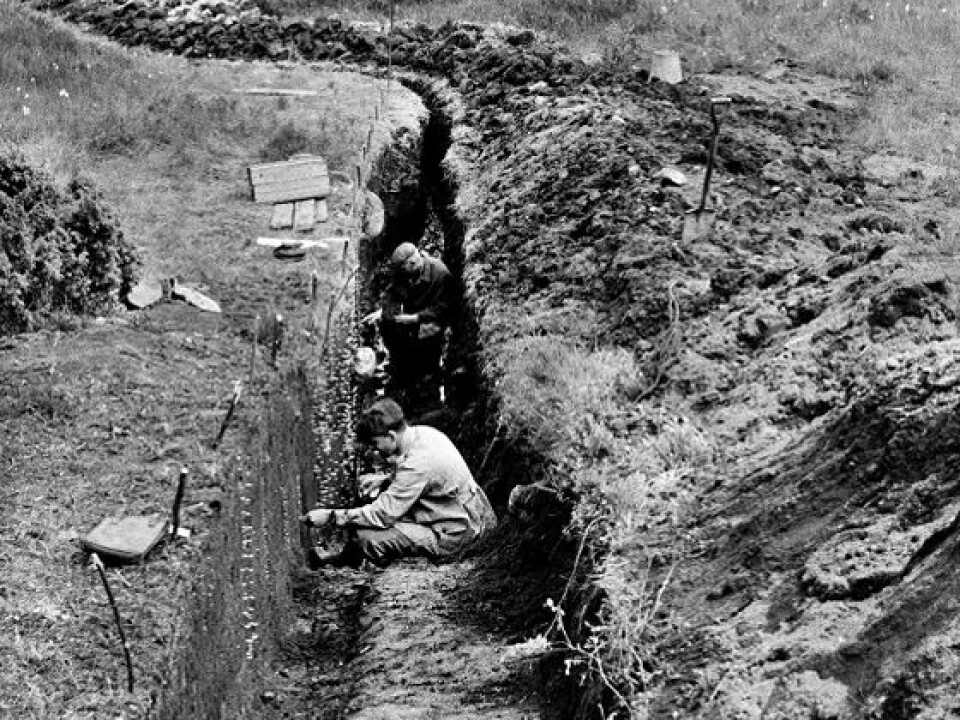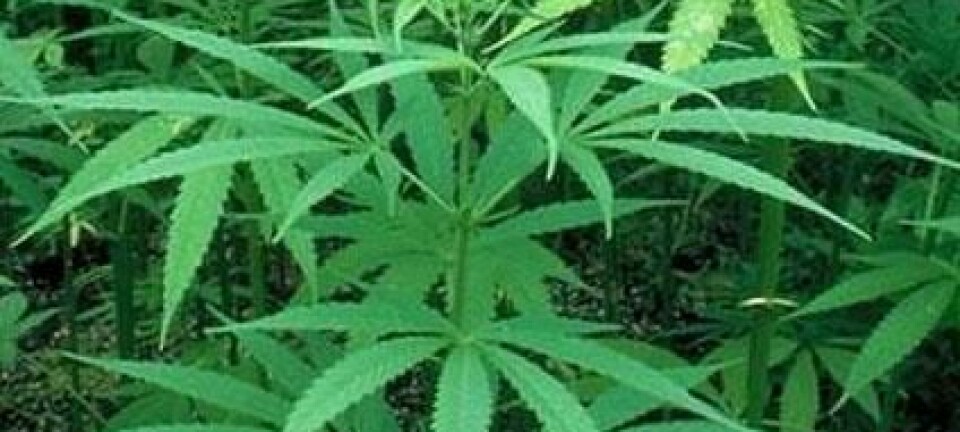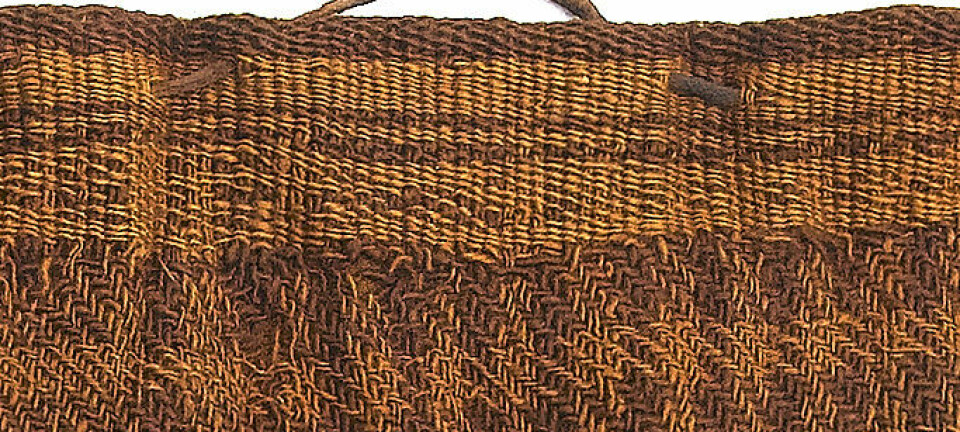
Norwegian Vikings grew hemp
Cannabis was cultivated 1,300 years ago at a farm in Southern Norway.
Denne artikkelen er over ti år gammel og kan inneholde utdatert informasjon.
The Sosteli farmsted, in Norway's southermmost Vest-Agder County, offers strong evidence that Vikings farmers actively cultivated cannabis, a recent analysis shows. The cannabis remains from the farmsted date from 650 AD to 800 AD.
This is not the first sign of hemp cultivation in Norway this far back in time, but the find is much more extensive than previous discoveries.
“The other instances were just individual finds of pollen grains. Much more has been found here,” says Frans-Arne Stylegar, an archaeologist and the county's curator.
Rope and textiles
Sosteli is also further away from current-day settlements than other sites where cannabis finds have been made.

Hemp is the same plant as cannabis, or marijuana. But nothing indicates that the Vikings cultivated the plant to get people high.
Most likely it was grown for making textiles and rope.
Found and forgotten
The material, which re-emerged by chance, stems from a Norwegian-Danish research project at Sosteli in the 1940s and 1950s.
Scientists took samples of pollen from a bog during the original dig.

“The samples had been forgotten, so it was really exciting to discover them,” says Catherine Jessen of the National Museum of Denmark.
The data was stored in the museum’s archives.
Stylegar and Jessen presented their discovery in a recent issue of the journal Viking.
Jessen is a geologist with pollen sampling as a specialty. She says that the bog where the samples were taken has now been drained. The peat is drier now and the chances of making a similar discovery today would be much slimmer.
Soaking
Hemp pollen doesn’t carry far in the wind. So scientists think Viking farmers placed the harvested plants on the bogs pretty much where the archaeological samples were found 1,100 years later.
This would be an easy way to keep them damp, facilitating the extraction of the outer fibres.
The researchers reject the possibility that these were wild plants that had been gathered. This hemp must have been cultivated.
Poorly preserved
“We don’t know if hemp could have been used as a drug. Most of it was probably used in textile production,” says archaeologist Marianne Vedeler at the Museum of Cultural History in Oslo.
Vedeler wasn’t involved in the recent study but she is an expert on textiles from the Viking Age and the Middle Ages.
As with flax, used to make linen, the fibre from the cannabis plant can be used for clothes and other textiles. Hemp, of course, has also been used for rope production right into modern times.
“Hemp has a fibre that can be used like flax, but it is a little coarser,” explains Vedeler.
The challenge for the archaeologists is that ancient textiles made of hemp and flax tend to rot, and thus are rarely well preserved. This makes it hard to say how common it was to use these textiles. Archaeologists know more about the use of wool because its fibres preserve better than plant fibres.
---------------------
Read the Norwegian version of this article at forskning.no
Translated by: Glenn Ostling

































